Photo accessories
The world of photography changed its face at the dawn of the 21st century. Digital cameras replaced the devices used until then, which from then on were given the retronymic name analogue camera. The digital camera displaced its predecessor, but did not eradicate it. There are still advocates of analogue photography who would not switch to a digital model. On the internet, YouTube and other channels even have entire communities on the subject.
This trend probably arose from the special appeal, the nostalgic feeling and the excitement. Analogue photography decelerates the process of capturing. You can only see how the picture has turned out after it has been developed. If you also develop your pictures yourself, you have an additional reason to take your pictures analogue - nothing stands in the way of creative experimentation!
Films for analogue cameras
For taking pictures with analogue cameras, the photographer does not need a memory card. Here, a film is inserted. This consists of an elongated film coated with a special emulsion. The film, in turn, is wound onto a spool.
It is important to remember that the film must not come into contact with light. So the flap of the camera is only to be opened when the film is on the spool protecting it - for insertion and removal. Only snapping the photo exposes the film. Either 24 or 36 exposures fit on a roll of film. When it is full, the camera automatically rewinds and the film can be removed.
So before the photographer can get started, he has to load a film. The different versions differ not only in how many pictures can be taken. In addition to conventional colour films, there are also black-and-white films. So when buying, you should consider in advance what the end product should look like.
A relic from biology lessons: slides
Even before photos were printed on paper, slide shows were very popular. Older generations in particular long for those days when the whole family would gather and look at old slides from past holidays together.
However, anyone who still owns slides and wants to look at them now and then cannot do without a slide projector. For more convenient handling, there are so-called magazines in which the individual slide frames are inserted. The projector then gradually pulls the next picture in front of the lens. These frames are available with or without a glass pane. The advantage of those with glass is that the slide is guaranteed to remain straight and curvature is prevented. It also serves as additional protection and the image always remains sharp when viewed.
The disadvantages are that the brightness suffers under the glass panes. Sometimes Newtonian rings also occur. However, these can be counteracted with rough lenses. Another danger is that of fungal attack if condensation collects under the glass due to temperature fluctuations.
With the different magazines, the most noticeable difference is probably how many slides fit in. Universal magazines offer space for 36 or 50 slides. Lica-Kindermann magazines (LKM magazines for short) hold 60 or 80 slides and CS (CS stands for compact and save) slide magazines can even hold up to 100 slides.
Tripod clamps
As the name suggests, tripod clamps provide better support for the camera when shooting with a tripod. When the photographer attaches the clamp, the centre of gravity changes and tilting is prevented. Good models offer good protection even with heavy lenses. They also help to avoid blurred photos.
Like most accessories, tripod clamps are available directly from manufacturers or alternatively from independent dealers. When buying, you should basically make sure that the model you choose really fits your camera.
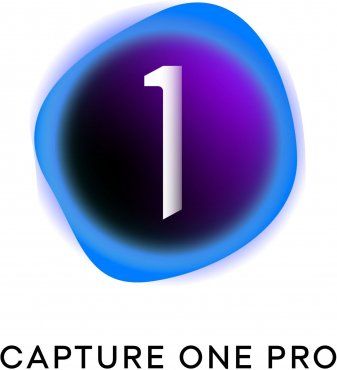

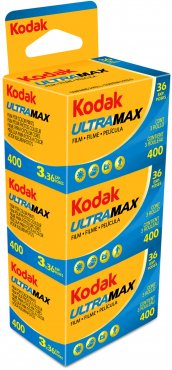
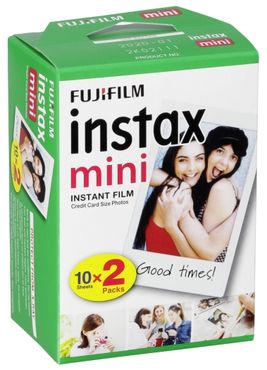
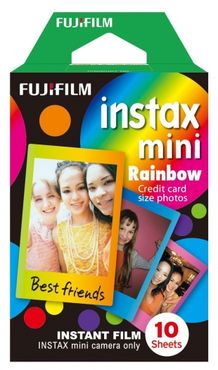
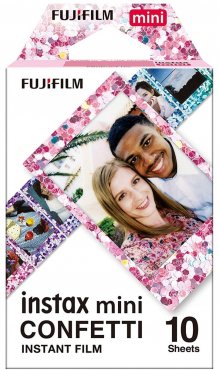

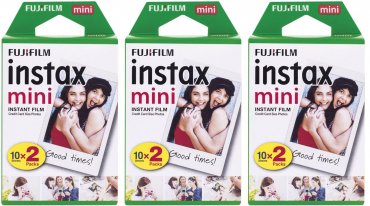
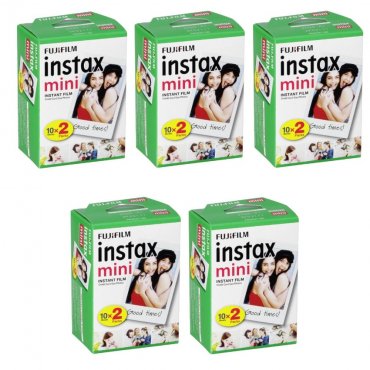

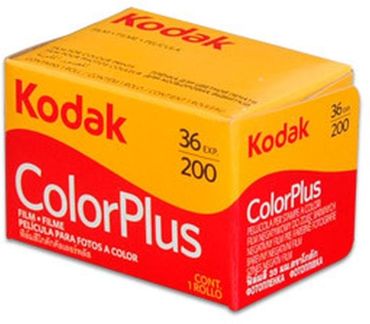
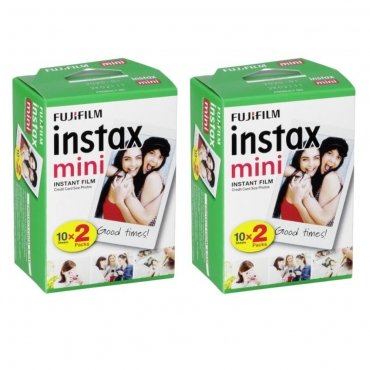
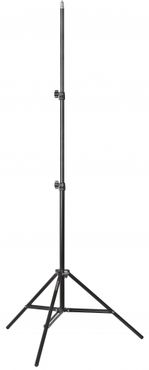
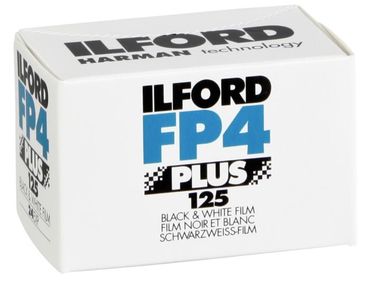


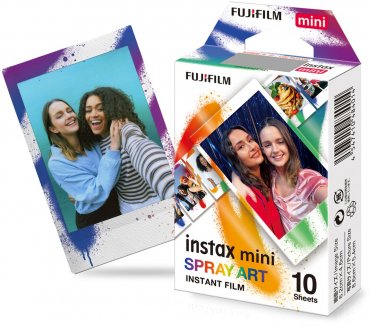

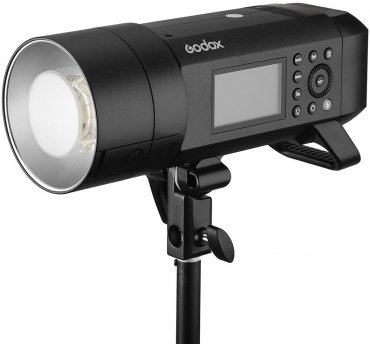

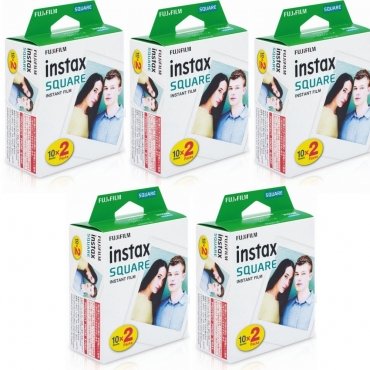
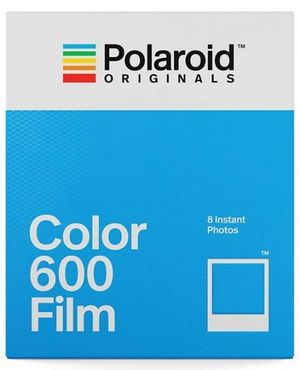
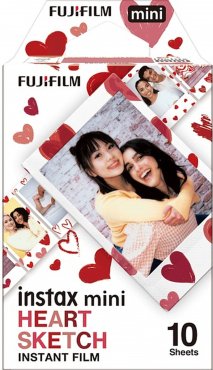
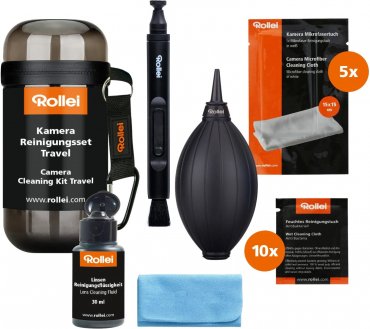
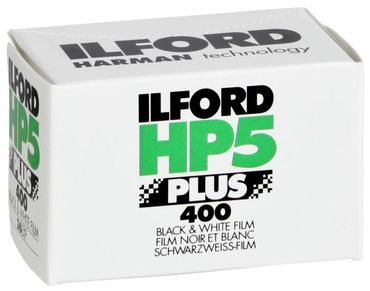
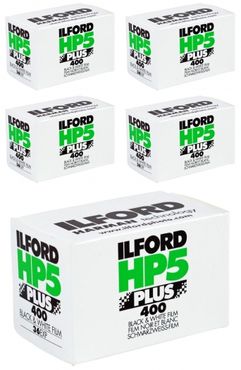
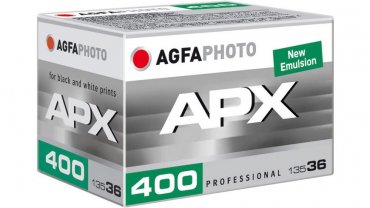
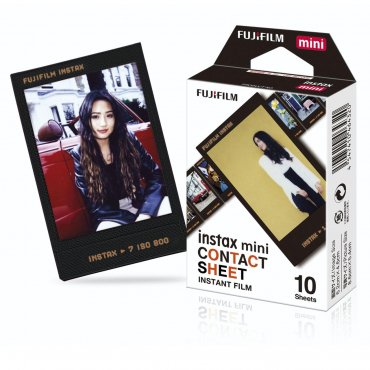
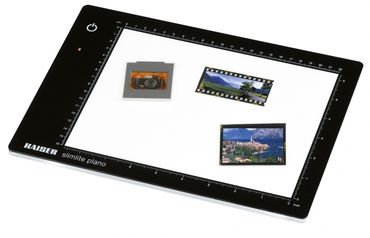
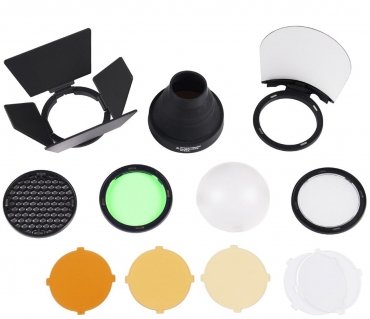
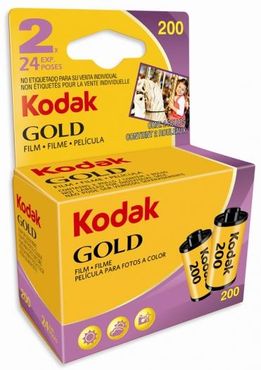
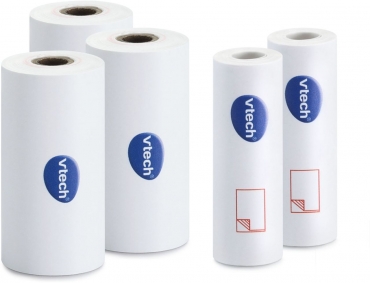
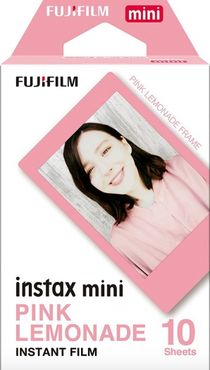

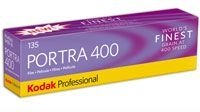
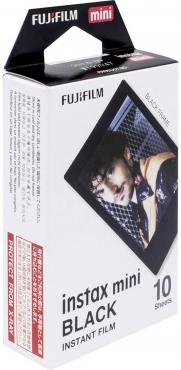
Simply subscribe and benefit as a newsletter recipient every week: